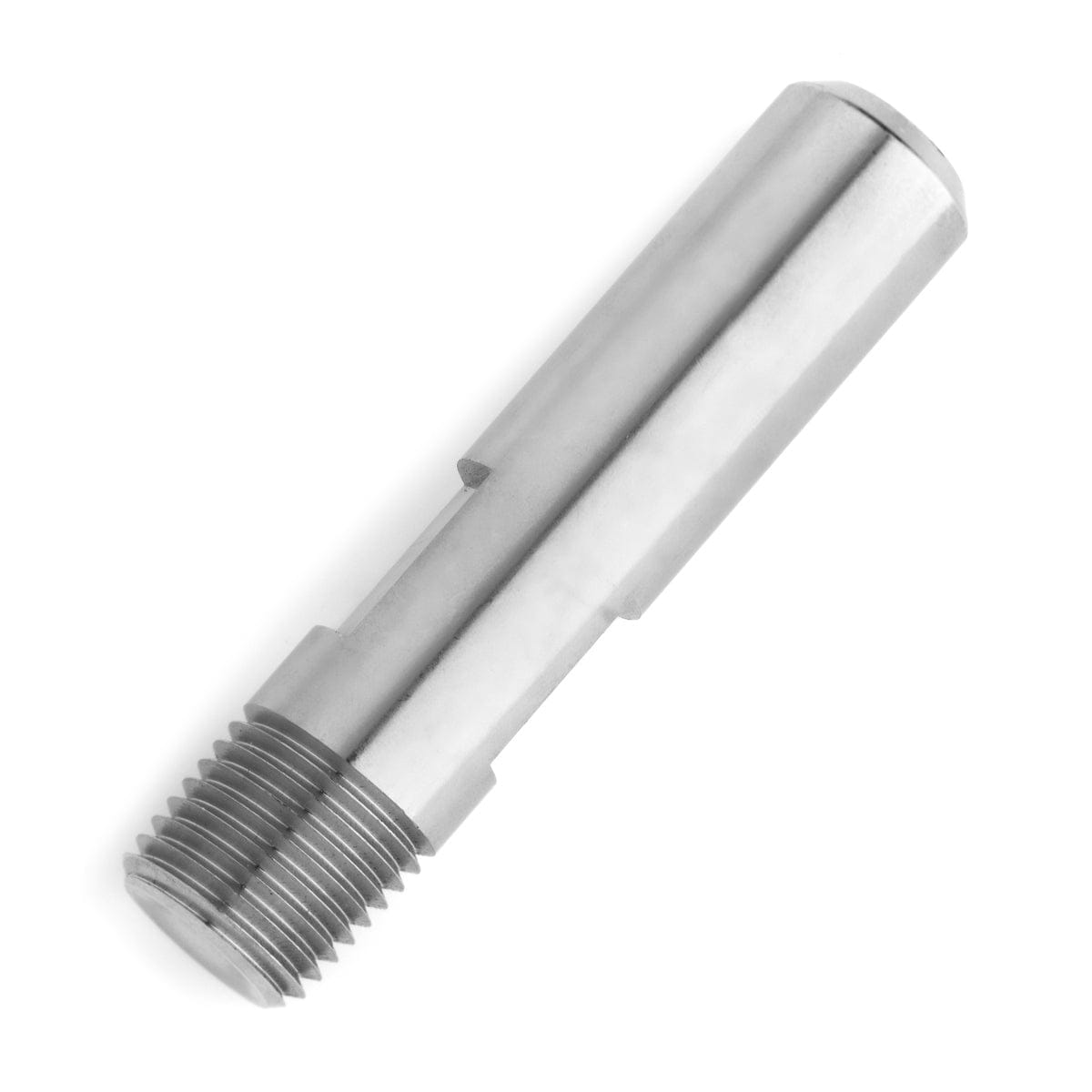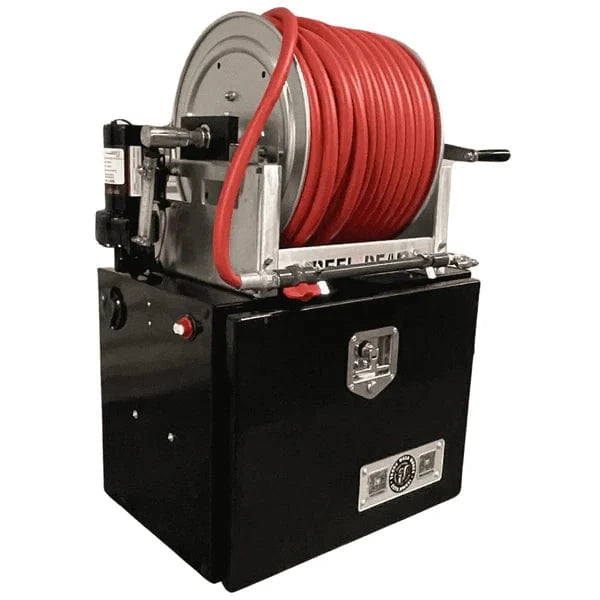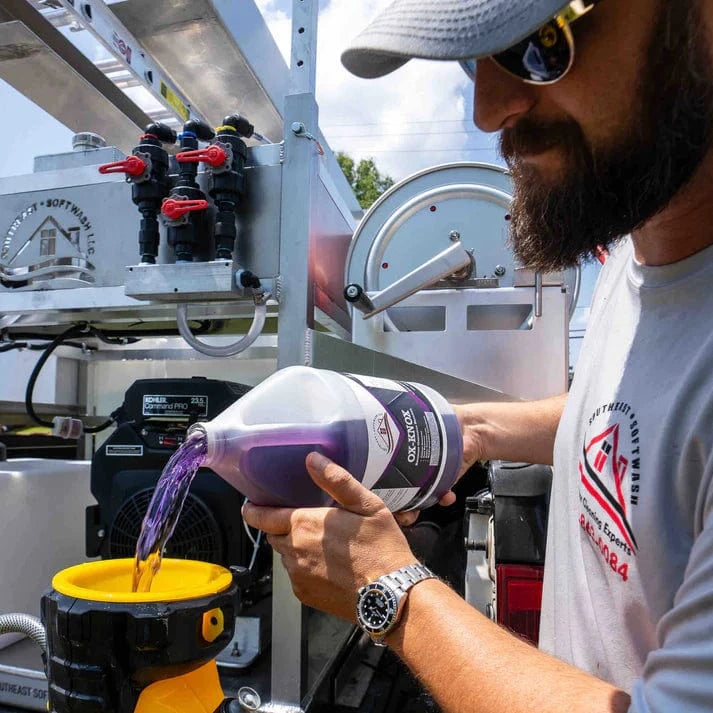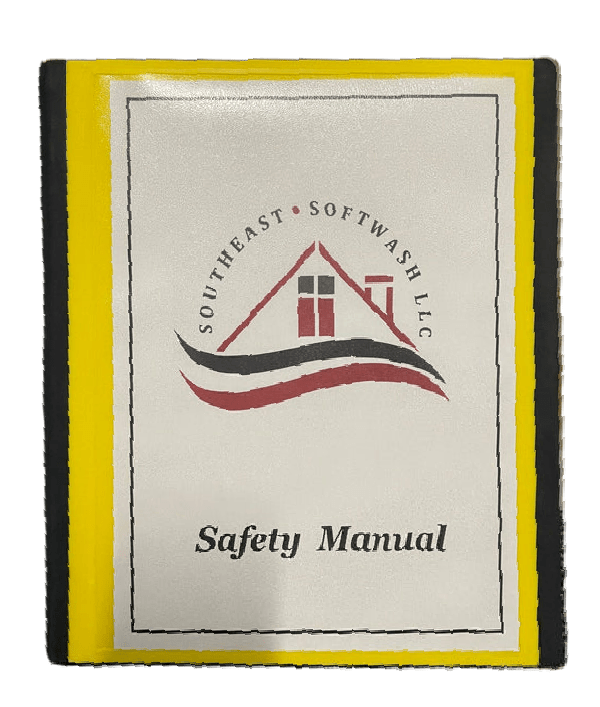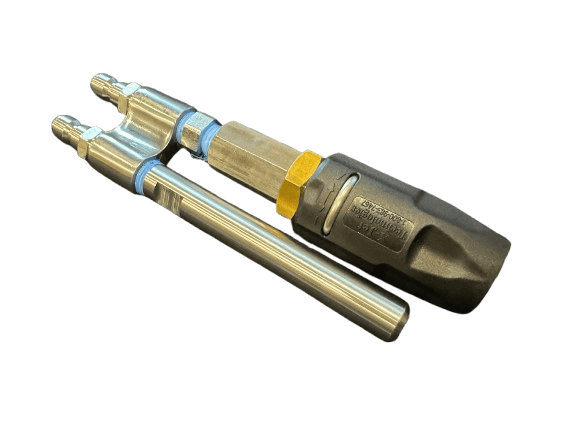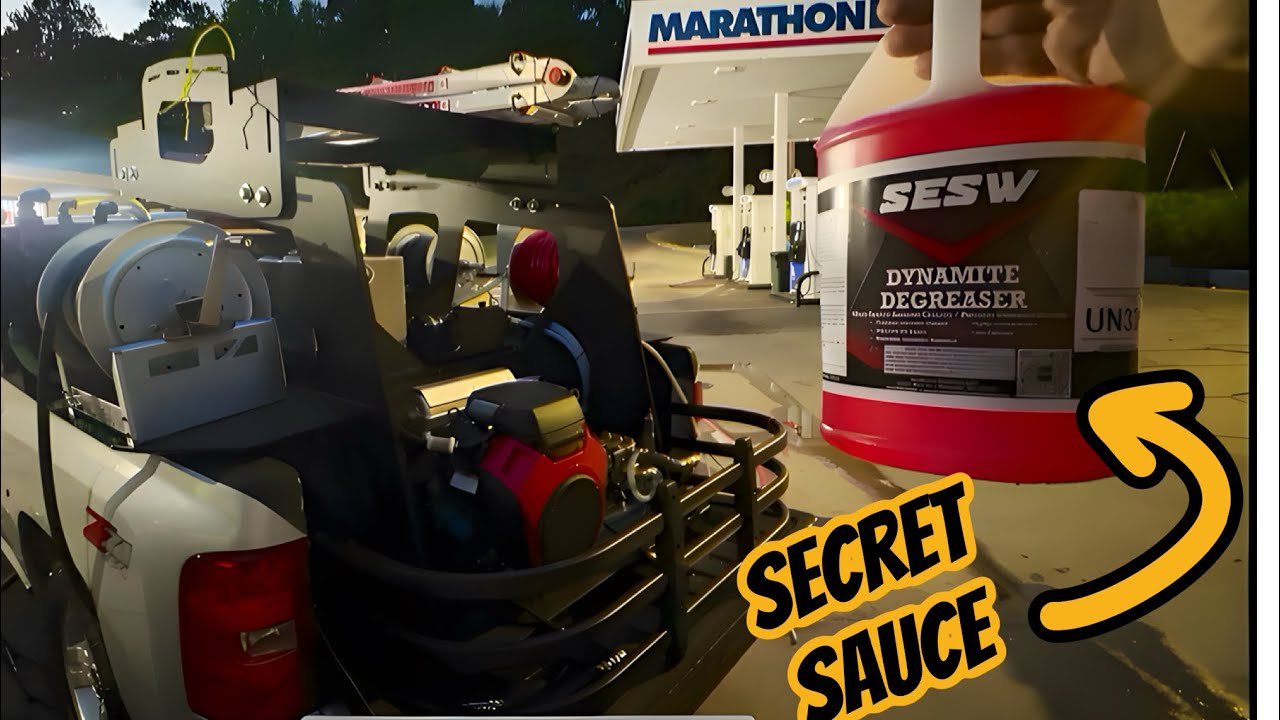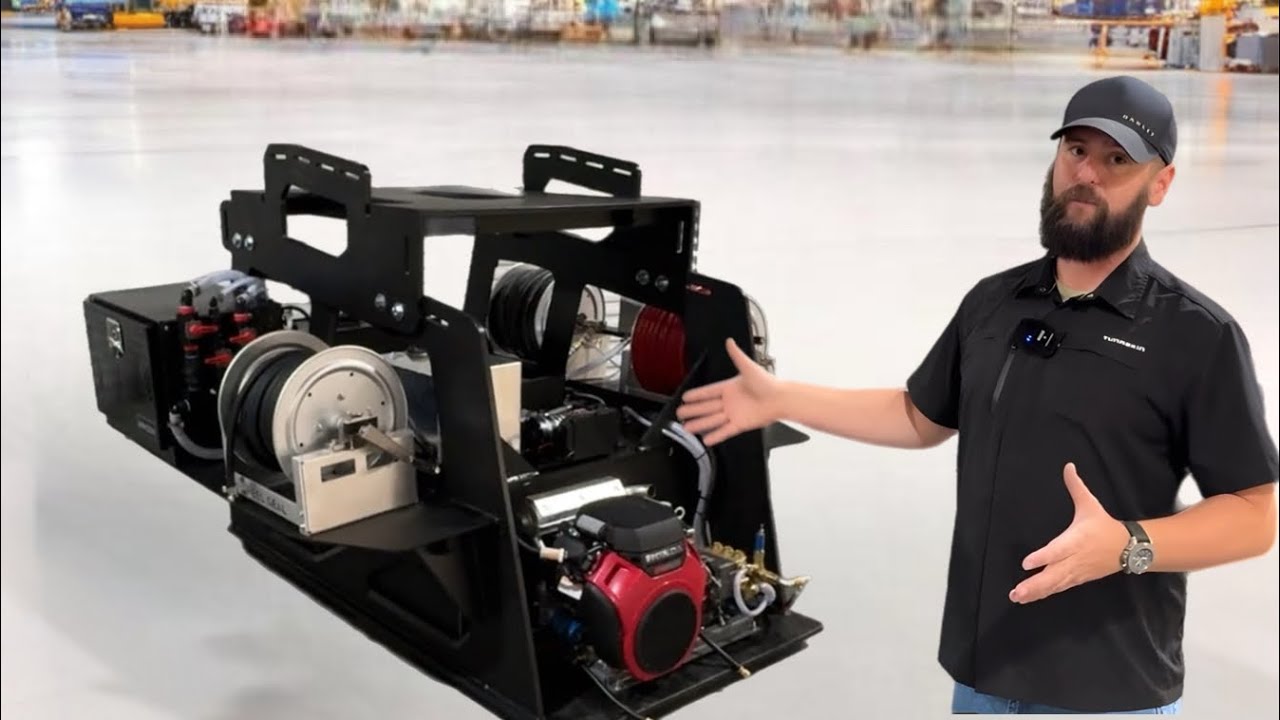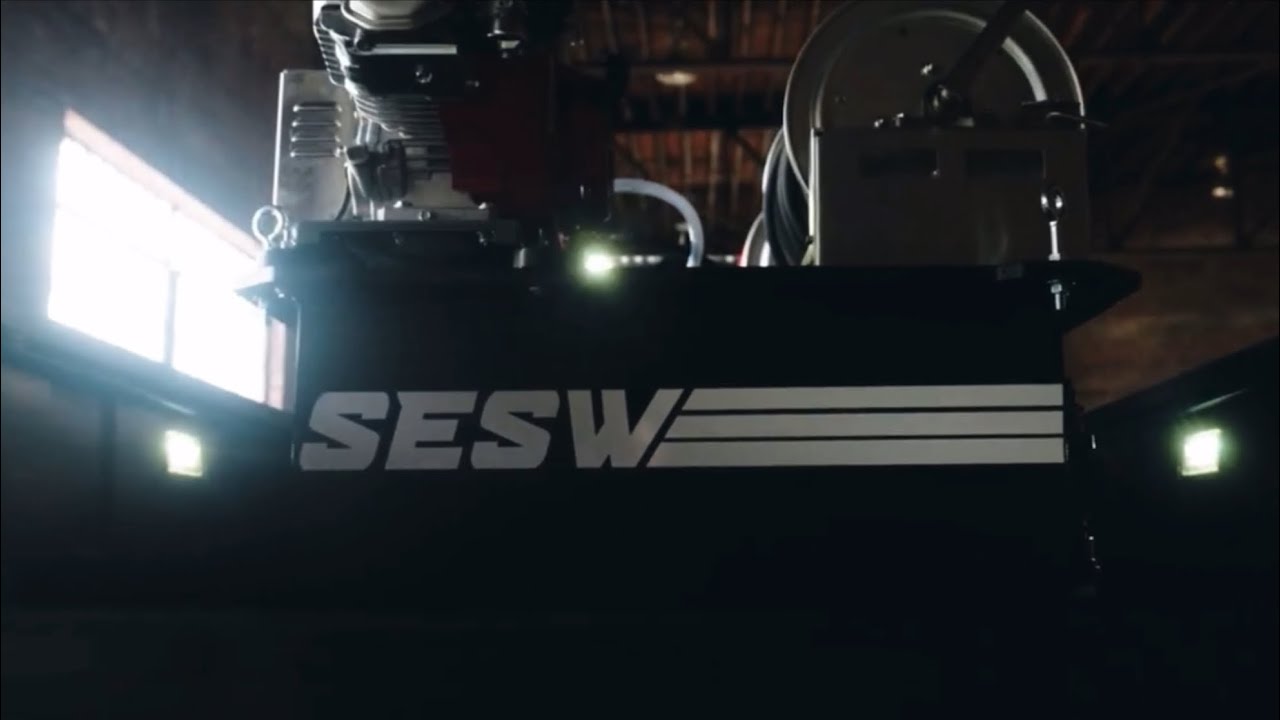One of the most common questions in the pressure washing industry is whether you need a buffer tank and, if so, what size it should be. In today's post, we'll dive into all the considerations to help you determine your needs. But before we jump in, let me tell you about the most intensive training the industry has ever seen: the SESW Softwash 101 class. This course covers everything from cleaning techniques to safety tips, ensuring you're efficient and profitable.
Understanding Gallons Per Minute (GPM)
Gallons per minute (GPM) is a crucial term you'll hear often. It refers to the amount of water your pressure washer can output per minute. Common machines range from 2.5 GPM to over 10 GPM, but for most residential applications, a 10 GPM machine is more than sufficient.
Do You Need a Buffer Tank?
Key Considerations:
-
Water Source: Most residential hose faucets supply between 6-8 GPM. This means machines between 2.5 and 4 GPM can generally run directly from the faucet without issues. However, fluctuations can occur if other water uses are happening inside the house.
-
Flow Rate Reduction: Long hoses can reduce flow rates significantly. For example, a long hose feeding your machine can cause a quarter reduction in flow rate.
-
Pump Cooling: Maintaining a steady water flow is essential for cooling your pump. If the pump is starved of water, it can overheat and fail. Most smaller GPM machines (under 5 GPM) come with a water hose connection to ensure continuous flow.
-
Bypass Systems: Larger machines often have a bypass system that recycles water to cool the pump when the trigger isn't being pulled. Smaller machines usually recirculate water within the pump, which can get very hot quickly.
Buffer Tank Size
Determining the Right Size:
-
Machine GPM vs. Supply Rate: Use simple math to calculate your needs. For example, a 10 GPM machine can output 600 gallons per hour. If you're filling a 100-gallon tank at 7 GPM (421 gallons per hour), you'll have a 180-gallon deficit, or about 3 gallons per minute behind.
-
Efficiency: A 100-gallon tank can work but might not be the most efficient. You'll need to start with a full tank and might face downtime waiting for the tank to refill.
-
Safety and Logistics: Water is heavy. A large tank (e.g., 225 gallons) requires a robust trailer capable of handling the weight. Ensure your trailer and vehicle are up to the task to avoid damage and ensure safety on the road.
Conclusion
A buffer tank is essential for larger GPM machines to ensure continuous operation and avoid pump damage. By understanding your machine's needs and calculating the appropriate tank size, you can optimize your setup for efficiency and profitability.
For a deeper dive into pressure washing techniques and best practices, don't miss the SESW Softwash 101 class. This comprehensive course covers everything you need to know to excel in the industry.
Additional Resources
- SESW Softwash 101 Class: Learn the best methods for cleaning houses, roofs, driveways, and more.
- Quote IQ: The ultimate tool for small businesses to track performance and make data-driven decisions.
By making informed decisions about your equipment and setup, you'll maximize your efficiency and profitability in the pressure washing business. Happy cleaning!


